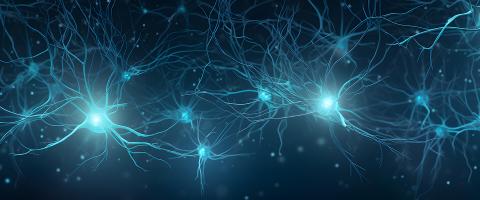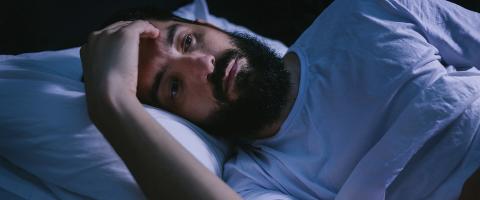
Dr. Sarah Sperry’s finding of considerable “mood instability” between major episodes of depression and mania/hypomania in bipolar disorder could lead to care approaches that may improve patients’ Lives.
Read More
We are pleased to present you with the 2024 Leading Research Achievements by BBRF Grantees, Prize Winners & Scientific Council Members.
Read More
Psychologist and prize-winning author Dr. Kay Redfield Jamison reflects on her courageous decision to disclose publicly her own history of bipolar illness, and about her efforts to reduce stigma. She is especially dedicated to counseling young people who are diagnosed with bipolar disorder.
Read More
In an in-depth Q&A, Dr. David Miklowtiz, one of the world’s leading clinical authorities on treating bipolar disorder, offers a wealth information about this complexdisorder, including its range of manifestations. He also addresses the signs parents should pay attention to if they are
Read More
In adults, bipolar disorder is characterized by swings from severe states of depression to states of either mania or hypomania (a less intense form of mania). A full manic episode usually lasts at least a week, although for some people it can last several weeks.
Read More
Bipolar illness was once referred to as “manic-depressive” illness. It’s usually a lifelong disorder, characterized by episodes of abnormal, often persistent, highs, and abnormal, often persistent, lows. The highs are characterized by a “too good” mood, irritability, increased energy, increased
Read More

